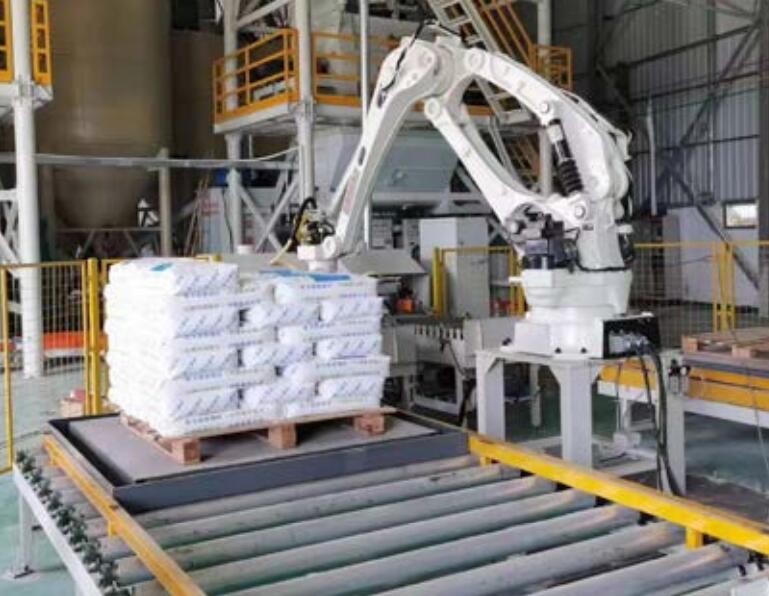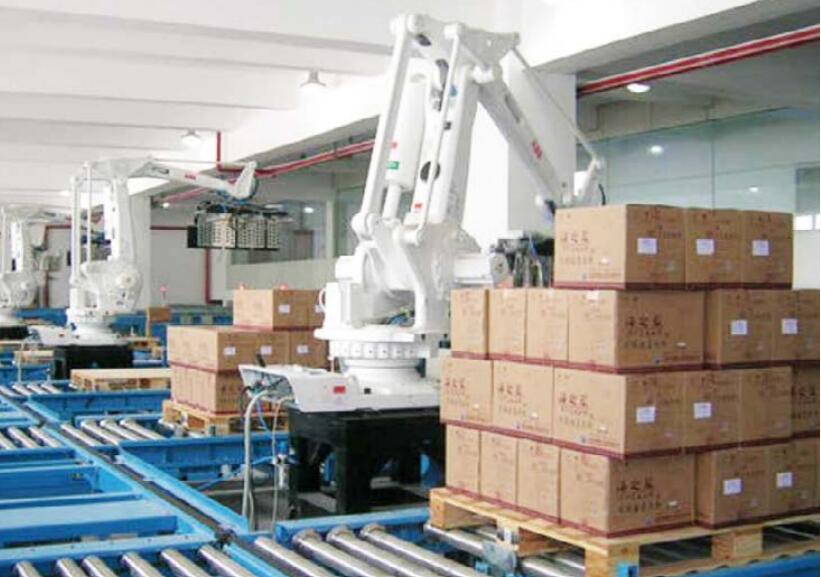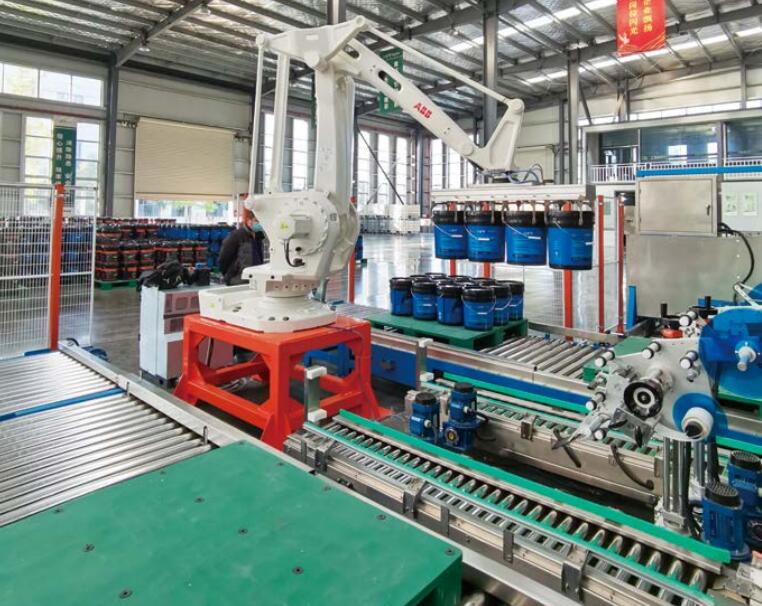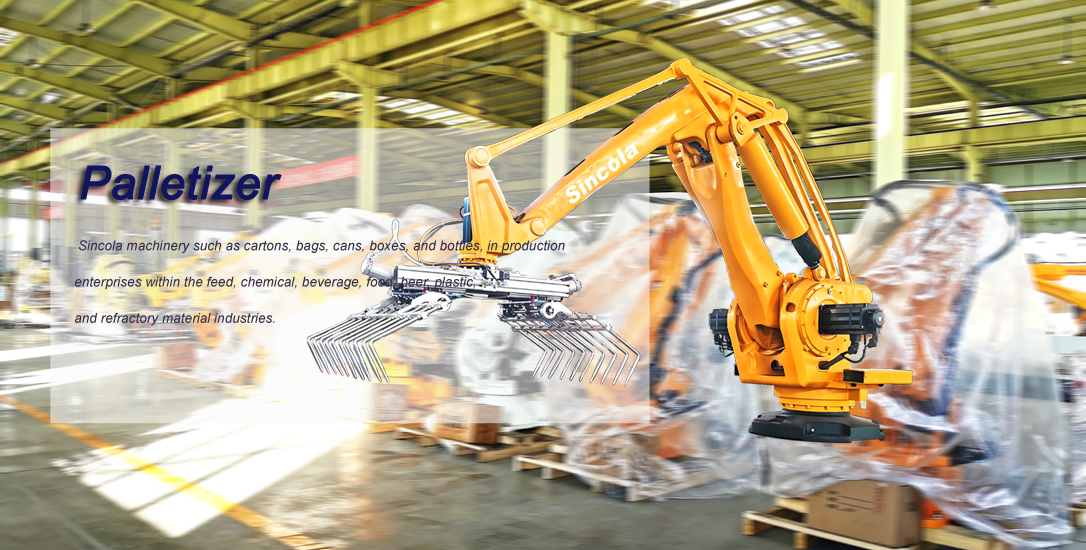
Paletizador de argamassa robô

Paletizador robótico de caixas

Paletizador de barril robótico
Palletizer robots have a wide range of applications across various industries. They are designed to replace manual labor in tasks such as Palletizer, handling, and loading goods on production lines. Here are some specific application scenarios:
1. Em indústrias como produtos químicos, building materials, alimentar, comida, bebidas, and beer, Palletizer robots can be configured with different grippers to pack and stack products of different shapes.
2. In the field of automated logistics, Palletizer robots can improve production efficiency, reduce labor costs, and enhance product quality. They are commonly used in industries such as warehousing, logistics distribution, food and beverage, tobacco, pharmaceuticals, and hardware.
3. In manufacturing, Palletizer robots are often used on automated production lines to handle product Palletizer, handling, and loading.
4. In the food industry, Palletizer robots are used for food packaging and handling, enabling rapid and accurate packing of food into bags according to predetermined processes, and transporting them to specified locations, thereby improving production efficiency and hygiene standards.
5. In the pharmaceutical industry, Palletizer robots are used for the handling and storage of drugs, contributing to improved efficiency and accuracy in drug production and warehousing.
The core technologies of Palletizer robots include mechanical structure, control algorithms, and sensors. The mechanical structure mainly consists of a mobile platform, telescopic arms, and grippers; control algorithms involve motion control and path planning; while sensors are crucial components for Palletizer robots to gather environmental information. Com avanços tecnológicos contínuos, the performance and functionality of Palletizer robots will continue to improve, leading to their even wider application in modern manufacturing, logistics, and warehousing industries.
 Zhengzhou Sincola
Zhengzhou Sincola
